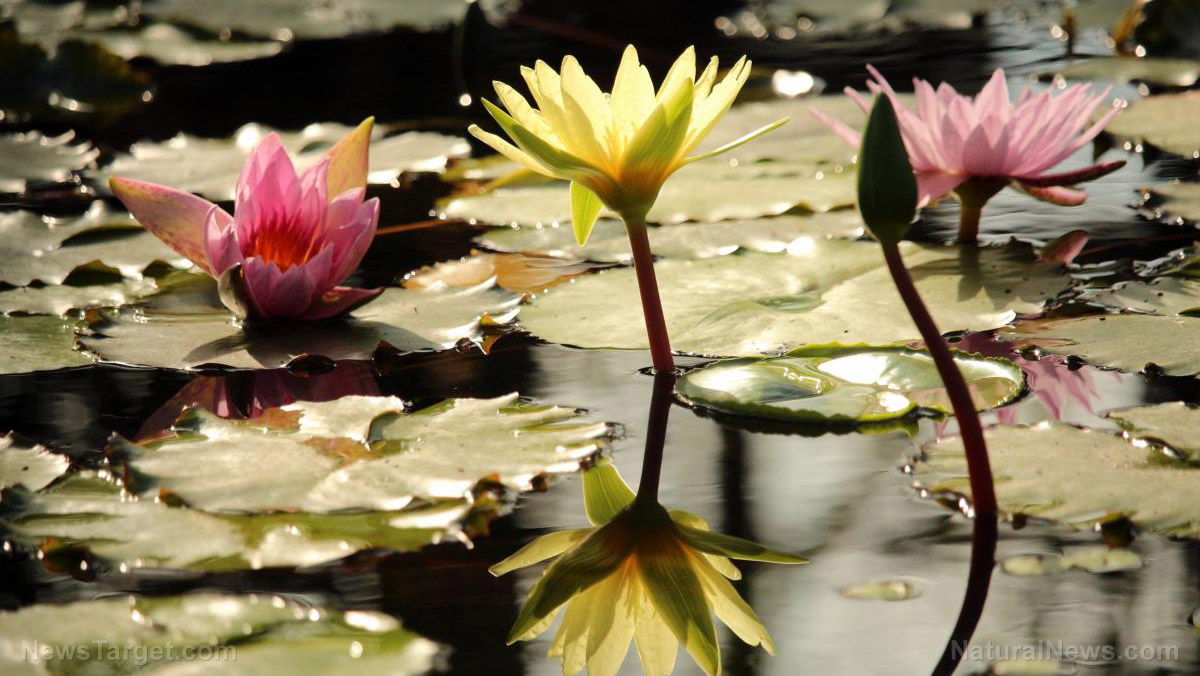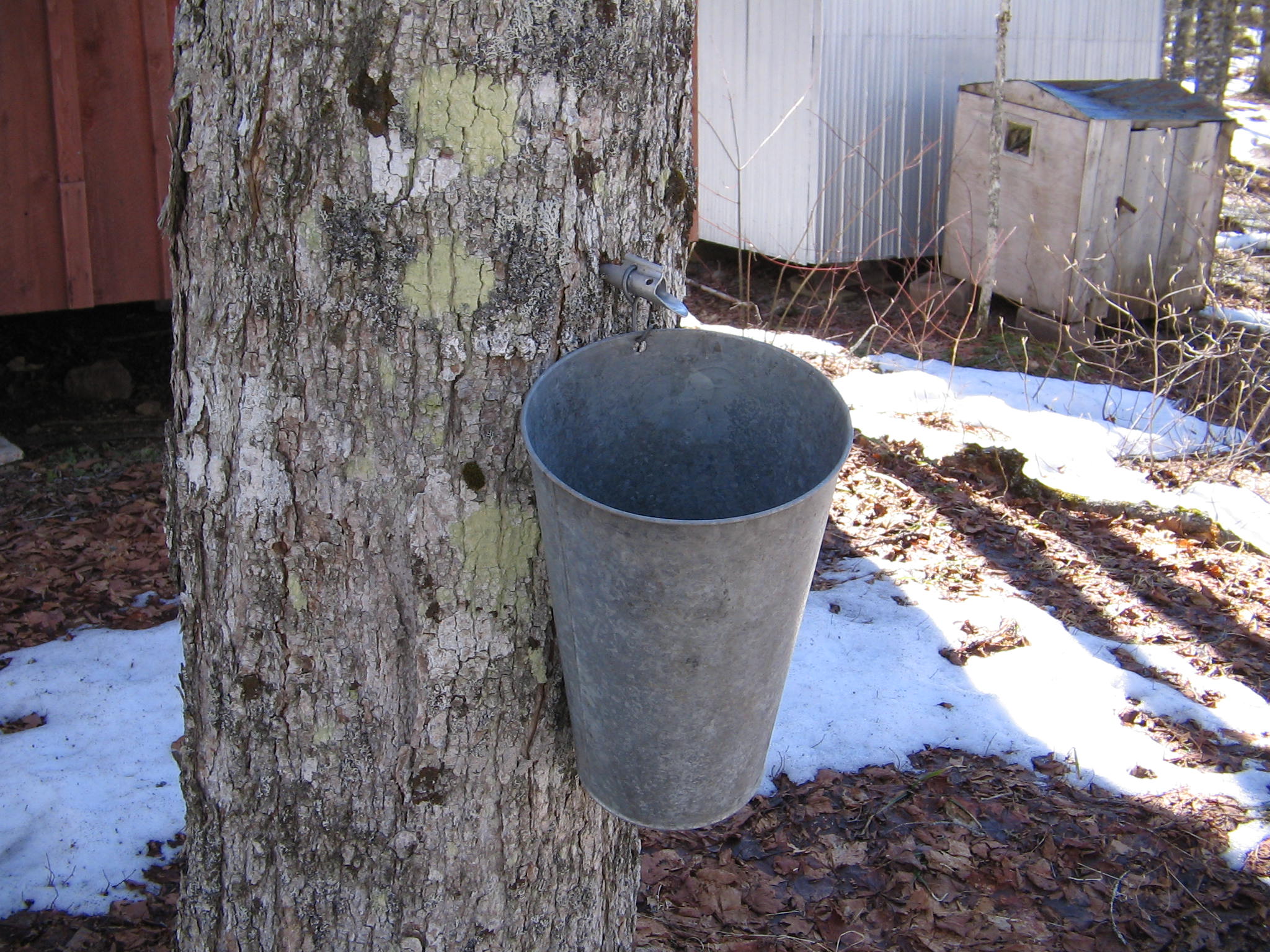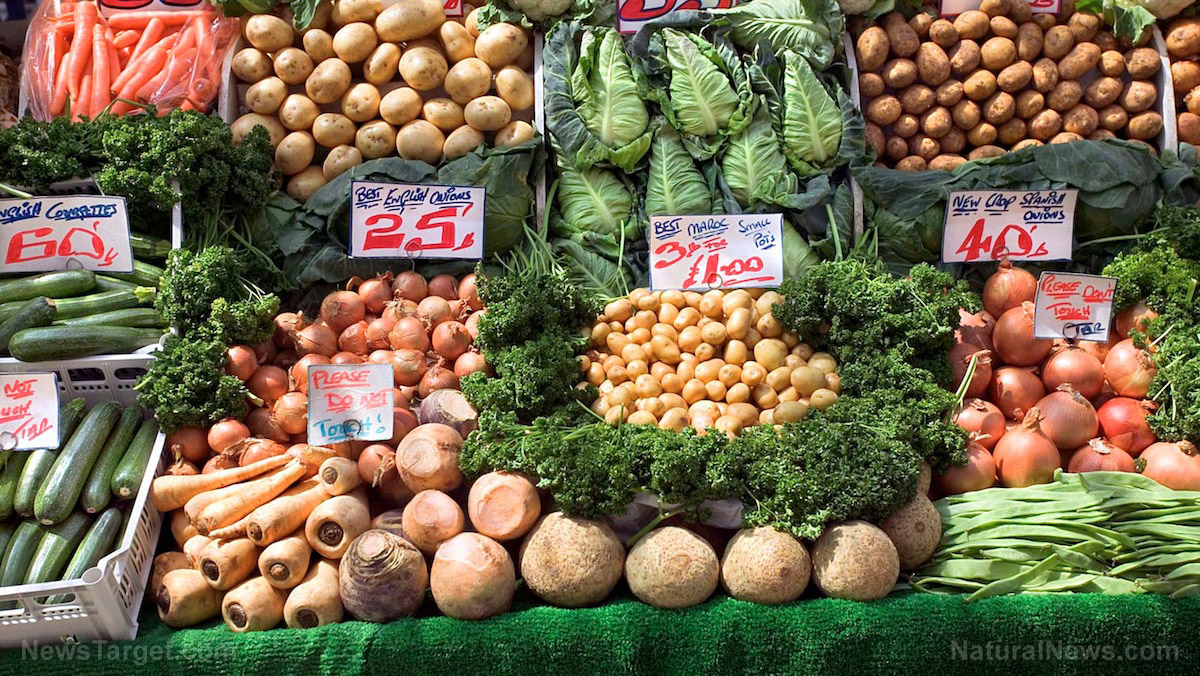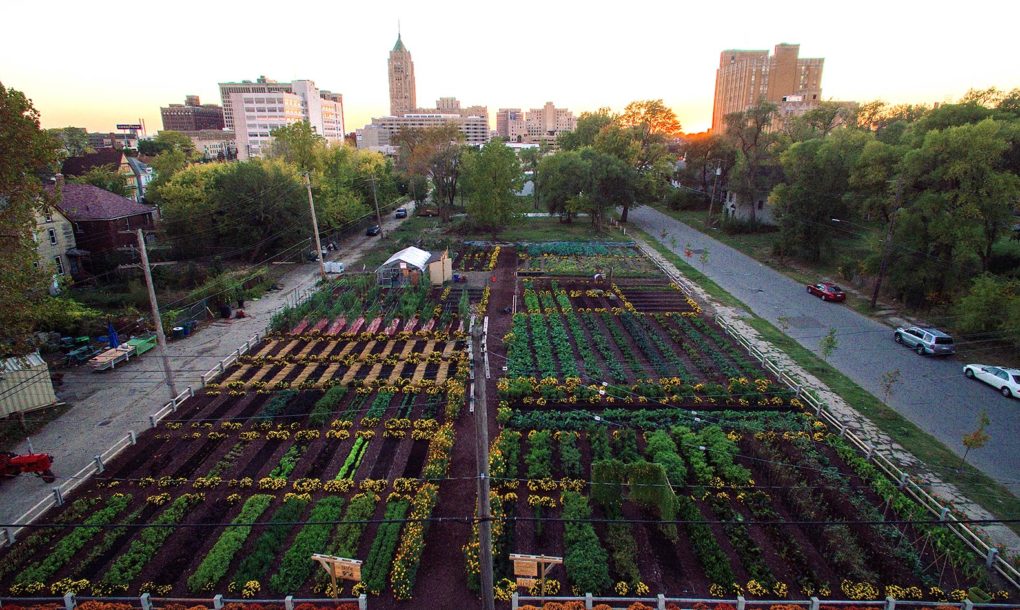How to cultivate watercress at home
02/21/2019 / By Russel Davis
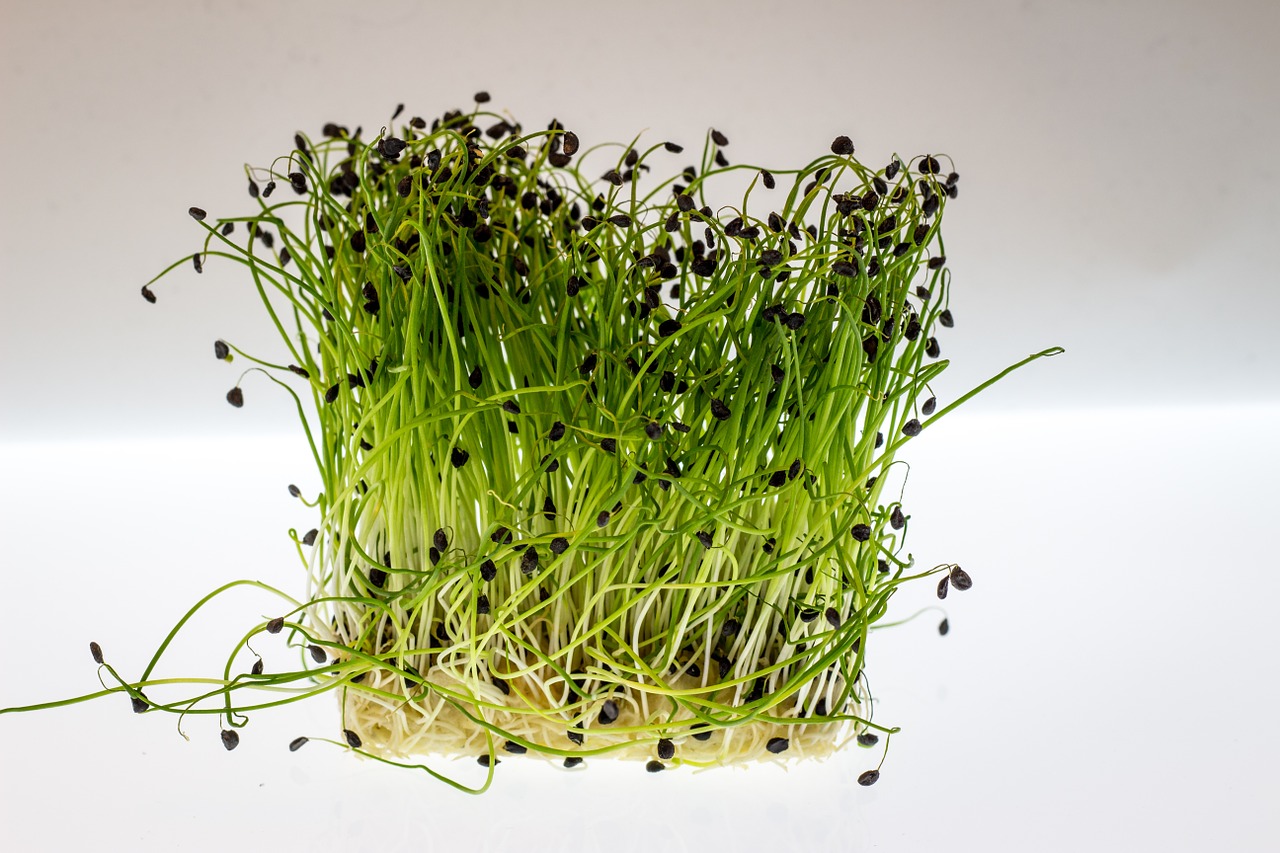
Watercress is easily one of the most nutritious greens in the plant kingdom. This green, leafy salad staple is an excellent source of carotenoids, manganese, and vitamins B1, B2, and B6 as well as vitamins C and E. Watercress is also packed with fiber, iron, copper, and iron. The vegetable is known to have anticancer properties and helps regulate cholesterol and blood pressure levels. It also helps enhance memory and mental function, and boosts reproductive health and fertility. Watercress can improve eyesight due to the high levels of lutein and zeaxanthin found in the vegetable. (Related: Watercress: A garnishing green that provides bountiful health benefits.)
Watercress is a prized detox ingredient due to its powerful cleansing and diuretic properties. The vegetable is packed with calcium and iodine that help promote bone health and thyroid function respectively. It also helps improve digestion by increasing bile flow. Watercress is low in calories and high in potassium, which in turn helps promote weight loss. Watercress is an important lactation agent that increases breast milk. Other benefits include reduced breath odor, improved skin complexion, and relieved swelling of the feet and ankles.
With so many health benefits, it might prove beneficial to cultivate watercress at home. This article will walk you through the important steps in growing watercress.
Growing watercress at home
Cultivating watercress either through container garden or lawn garden is generally easy.
To grow watercress in a container garden, you will need the following materials: recycled container, seed compost, a plastic tray, a plastic bottle, scissors, and watercress seeds.
- Fill the recycled container — Put holes at the base of the container and fill it with about three-quarters full of seed compost. Place the container onto the plastic tray and wet the soil.
- Add the seeds — Sprinkle the watercress seeds onto the seed compost and press them gently into the soil. You should cover the container while the seeds germinate.
- Maintain the soil’s moisture — Watercress requires a lot of water to grow. The plastic tray should be constantly filled with water. Tap water contains essential minerals that watercress need for growth.
- Trim the plants — Trim the plant when the shoots reach about six to 20 inches in height. Doing so will help the plant regrow and become bushier.
Growing watercress in a garden
- Preparing the soil — Choose a sunny location in the garden. Dig out a furrow of about four to six inches deep and line it with composted organic matter.
- Planting the seeds — Scatter the small seeds over the prepared lawn. Optimal seed germination occurs during cool climates of around 10 to 15 degrees Celsius. The seedlings will appear in about five days.
- Keeping the soil moist — Watercress require a lot of water to grow. Keep the soil consistently moist to facilitate growth.
- Supplementing the plants — While watercress do not normally require high nutrient levels, it is beneficial to apply complete soluble fertilizers to counter potassium, iron, and phosphorus deficiencies.
- Protecting the plants — Keep the garden area free of weeds and mulch to maintain soil moisture. Snails are especially fond of watercress, and should be removed by hand. Whiteflies and spidermites are also known watercress pests. Natural predators such as thrips, predatory mites, and lady beetles can keep these pests in check.
- Harvesting the plants — Watercress can be harvested at three weeks after emergence. Trim the plants when they are about four inches in height. The clippings can last for a week when refrigerated.
Sources include:
Tagged Under: DIY gardening, gardening, gardening tips, home gardening, Off-the-grid living, watercress














